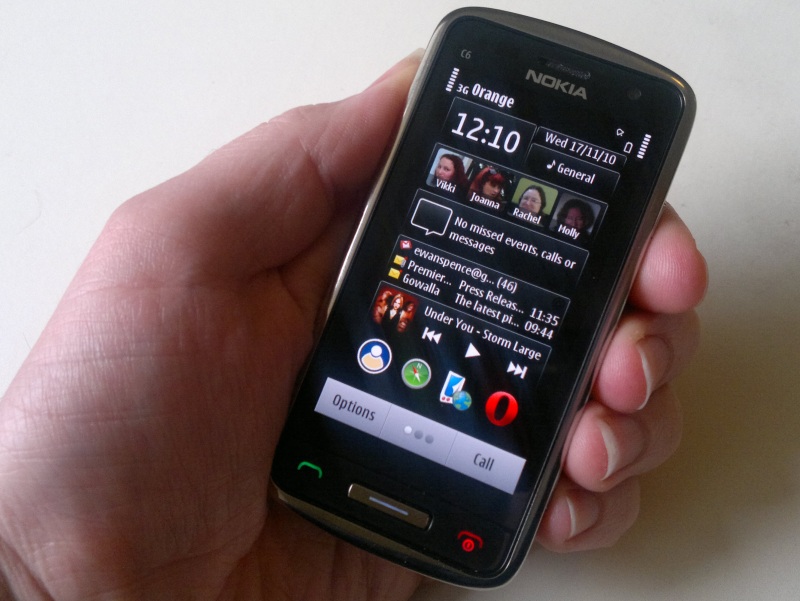From Ewan's article:
If I lay out my smartphone collection in front of me, the phone that continues to catch my eye is the Nokia C6-01. This was one of the last Symbian powered devices, and it's updated to the latest version of the OS. The reason for the attention it gets? It's one of the last small sized smartphones that carried broadly similar hardware specifications as its larger brethren (in the C6's case I'm looking at the N8).
The delight of the tiny smartphone seems to be something that belongs to a bygone era. It can't have escaped anyone's notice that smartphones are getting larger. Flagship handsets are expected to break through the four inch barrier for their screens, with fast multi-core CPU's, lots of storage, run every possible frequency for Wi-Fi, 3G and 4G cellular data, NFC support, GPS and GLONASS, and so on.
The Nokia C6-01Pack all that into a Windows Phone, and you get a nice large package to go with it. The HTC Windows Phone 8X and the Nokia Lumia 920 tip the scales and the dimensions more than most, but the signs are there across the whole smartphone landscape (such as the stretched iPhone and the constantly growing top end of the Samsung Galaxy range).
When manufacturers get round to doing the mid-range and budget models in 2012 and 2013, there's a linear relationship between the physical size of the device, and how close to the top end of the scale the specifications are.
It's a very apposite rant for today and one I'd wholeheartedly agree with. Not everyone wants a giant phone yet few people want to compromise on specs and features. What do you think?

